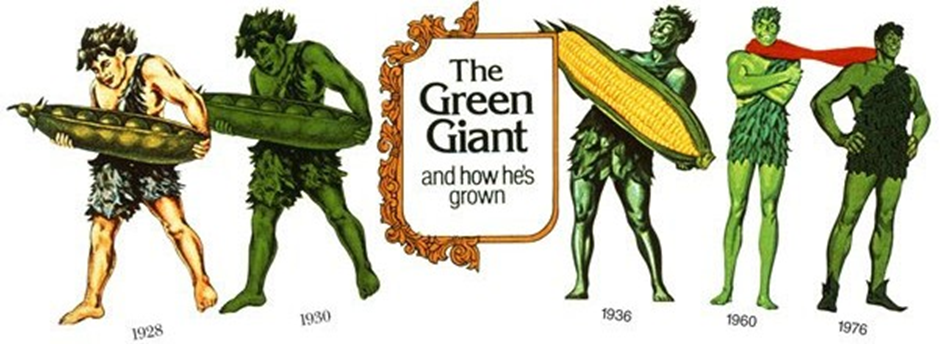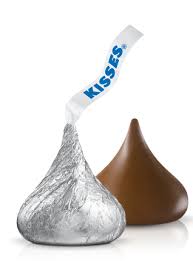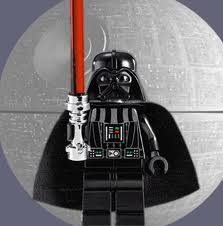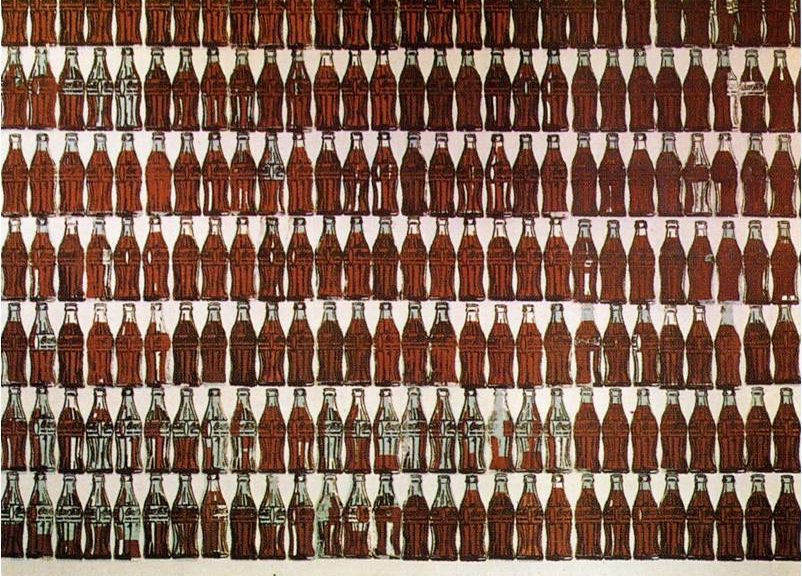Ho, Ho Ho, it’s not Christmas
Christmas 2013 seems a long time ago and Christmas 2014 is even further away but this week here’s a little story of a brand character whose catch phrase is just like Santa’s – Ho, Ho, Ho.
BIG, GREEN & NOT VERY JOLLY
Who would have thought a tall, lumbering and scowling caveman carrying a huge pea pod would become one of the world’s leading advertising icons.
Luckily for the Jolly Green Giant, The Minnesota Valley Canning Company weren’t put off by a poor first impression.
The Minnesota Valley Canning Company, which is not the most catchy or memorable name, was founded in 1903 in Le Sueur, Minn and using the latest canning technology started shipping white cream-style corn across the USA.
Four years later, they added ‘Early June Peas’ and then in 1924, they introduced a golden, cream-style yellow corn was launched, featuring a sweeter and tenderer corn. In 1925 the company launched yet another new product. This time it was cans of extra-large green peas that had more flavour, and a sweetness and tenderness that Early June Peas just couldn’t match. They decided to call the new product line “Green Giant Great Big Tender Peas”
They were reasonably successful and The Minnesota Valley Canning Company decided to try advertising them in an attempt to further drive sales. They decided to develop “Green Giant” character.
However in his first incarnation, said to have been inspired by Grimm’s Fairy Tales he did look rather grim. Lumbering and scowling, carrying a giant and very heavy pea pod, he wore a scruffy bearskin. He did not look very approachable or friendly, and in fact wasn’t even green. The results of the first campaign which ran in 1928 for which were, to say the least, disappointing.
The giant green peas however continued to sell well in spite rather than because of the advertising. The Minnesota Valley Canning decided to try again and gave the account to ad agency Erwin, Wasey & Co. where the assignment for the Giant’s transformation was given to a young man by the name of Leo Burnett
Leo straightened the Giant’s posture, turned his scary scowl into a sunny smile and clothed him in a light, leafy outfit. He also decided to give the giant a new backdrop — a valley of crops that highlighted the Giant’s height and stature – The Green Giant Valley.
The ads started to perform and sales accelerated.
Not surprisingly when Leo Burnett went onto open his own agency in 1935, Minnesota Valley was one of its first clients. The Leo Burnett agency kept evolving the giant adding the word “Jolly” to his name. He became so popular that in 1950, Minnesota Valley changed its name to Green Giant Co.
But then disaster nearly struck again as the Green Giant was slated to make his television debut.
It was not an easy transition. The agency tried treatments both in animation and with live characters, but the Giant did not come across as the friendly protector he was supposed to be. He was once again seen as unappealing and even a little scary.
This problem was solved by creating a set with a tiny valley for the man-sized Giant to preside over. Close-up shots were avoided and the Giant was most often seen off in the distance, protecting the valley and its crops. He was also re-christened the Jolly Green Giant and gained his catch phrase “Ho, Ho, Ho!”
When, in 1961, the Green Giant Company introduced frozen vegetables he appeared with a red scarf to keep him warm.
In 1973 he was given an apprentice ‘Sprout’ whose role to help the Giant tend to the valley and ask all the questions that people might want to ask about the giant and his products.
The Jolly Green Giant is now one of the most recognized advertising icons of all time, Advertising Age magazine ranked him as the third most recognizable advertising character of the 20th century, behind only Ronald McDonald and the Marlboro Man.
There is even a 55-foot fiberglass statue of the Jolly Green Giant, erected in 1979, presiding over his birthplace in Blue Earth, Minnesota!




 The little chocolates were reputed to have been used as a clandestine method for delivering love notes between Luisa Spagnoli and her fellow confectioner, Giovanni Buitoni. Little paper scrolls containing “love notes” were soon included inside all of the chocolates’ silver wrappings.
The little chocolates were reputed to have been used as a clandestine method for delivering love notes between Luisa Spagnoli and her fellow confectioner, Giovanni Buitoni. Little paper scrolls containing “love notes” were soon included inside all of the chocolates’ silver wrappings. 



